"Nothing about us without us.”
Chanting as they stormed the stage at the University of Oregon (UO) in 2017, dozens of activists from the UO Student Collective shut down then-UO President Michael H. Schill’s State of the University Address before it began.
In response, Schill penned an op-ed in The New York Times saying that while he respected student protests, blocking him and his speech worked against the University’s mission to promote open discourse.
“As with any important discussion, emotions can run high,” Schill wrote in his op-ed. “But the only way to create change is to grapple with difficult issues. Nothing can be gained by shutting them out.”
But for protestors like former UO student Elaina Colussi, shutting down Schill was a path to catharsis for students.
“Schill really made us all feel voiceless,” Colussi says. “The president’s office is the place that should be the voice for students. What else are you supposed to do except listen to everyone and then implement change?”
During his seven years as president of UO, Schill grappled with student protests, Title IX violations, faculty and graduate worker contract negotiations and more. In September, Schill began his tenure as Northwestern University’s 17th president.
Colussi’s perspective on the president’s office raises the question of what exactly a university president does and what community members — students, faculty and more — expect from the office. Schill understands this question well and discussed his role in an exclusive interview with North by Northwestern.
“My main thing is I may make a decision that people like, they agree with. I may make decisions that people don’t like,” Schill says. “But what I’m going to be is transparent, and I’m going to tell people what I’m doing, and I’m going to give them reasons for what I’m doing.”
The president, on paper
Breaking down the role of Northwestern’s president means understanding what the University’s Board of Trustees considers critical for the role. After former University president Morton Schapiro announced he was stepping down, the Board of Trustees established a presidential search committee and profile of their ideal candidate.
The committee stressed a focus on a couple initiatives: building upon Northwestern’s image as a top research university, committing to diversity and inclusion and continuing excellent financial management. They searched for a leader with the inspiration, communication, passion and forethought they deemed necessary to serve as the school’s figurehead.
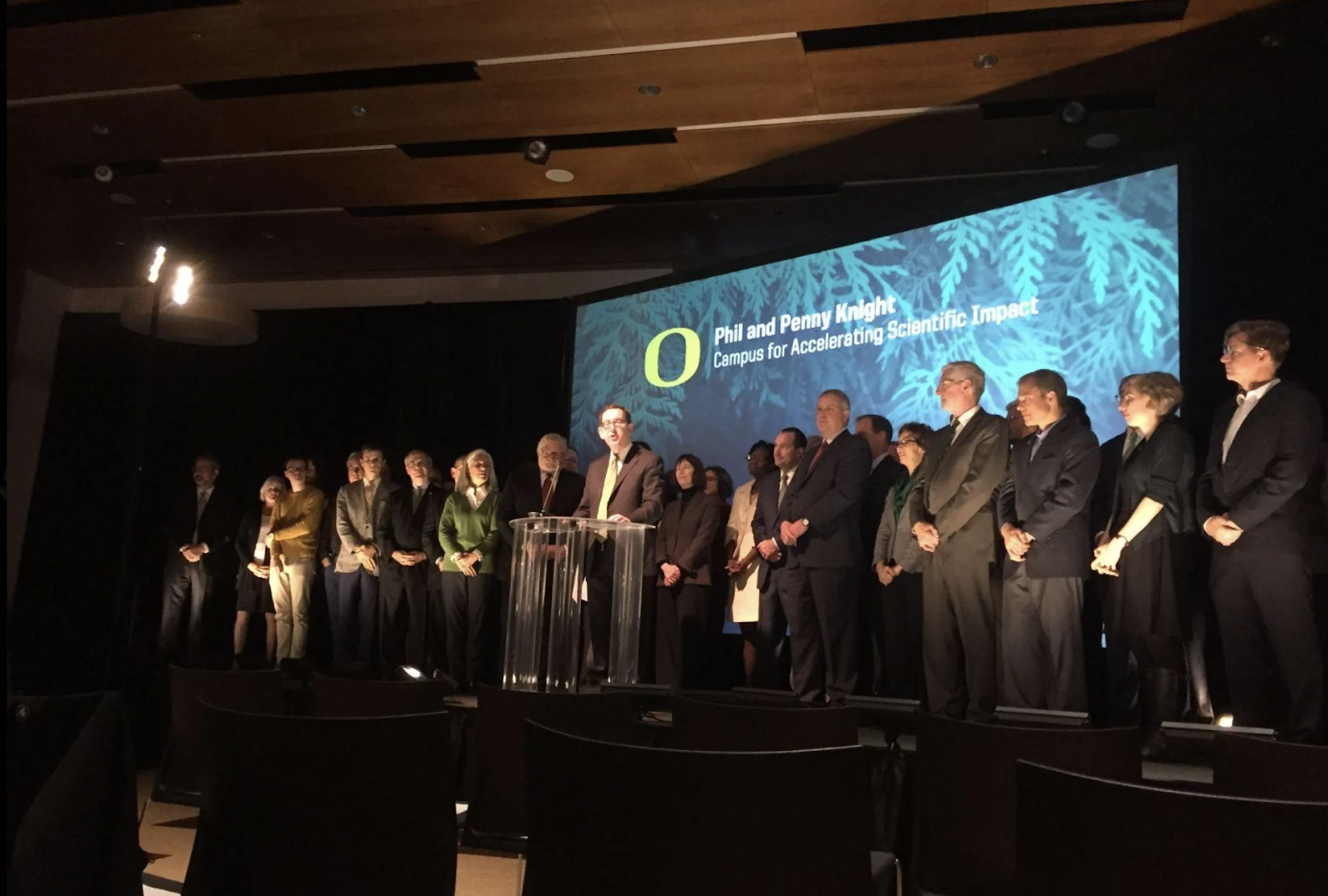
Michael Schill addresses a crowd in 2016 at the University of Oregon when he was president there, announcing a gift of $500 million from Phil and Penny Knight. (Photo by Max Thornberry/Daily Emerald)
“The selection of President-elect Schill reflects the values and input of our community and institution and was informed by his deep commitment to research and academic rigor, his focus on student access and success, his commitment to diversity, equity and inclusion and demonstrated administrative leadership,” Peter Barris, chair of the Presidential Search Committee and current chair of the Board of Trustees, told Northwestern Now.
Schill boasts an extensive career in academia. Before his presidency at UO from 2015-2022, he served as the dean of the law schools at the University of Chicago and the University of California-Los Angeles. He also taught law at New York University and the University of Pennsylvania. He’s a first generation college graduate, and his parents and sister reside in Chicago.
In his experience with higher education, Schill says his duties as a college president are multifaceted.
“Management of the university is a big piece of it, just making sure all of the various departments are working the way they’re supposed to be working, setting a direction for the university [and] working to come up with some strategic priorities to move the university forward,” Schill tells NBN.
The logistics of moving the university forward can take many forms, according to Ryan Smerek, an associate professor and associate director in SESP. Smerek says some college presidents can be “external,” focusing more heavily on fundraising and image-building, whereas others zone in on “internal” operations like curriculum development. Some presidents are a mix of both.
Schill’s external-facing efforts at UO involved funding and building up the university’s STEM-focused research. He oversaw the creation of the new Phil and Penny Knight Campus for Accelerating Scientific Impact. Funded by two $500 million gifts from UO graduate and Nike co-founder Phil Knight, the buildings feature groundbreaking technology and architecture.
During Schill’s administration, renovations began on UO’s historic Hayward Field, the track and field facility that hosted the 2022 World Athletics Championships. Under Schill, the university’s public funding campaign surpassed its $3 billion goal, and he nearly doubled the school’s endowment.
Smerek compares the role of a college president to that of a mayor of a small-town: managing crises, listening and discussing ideas with those in the community and understanding what the university can look like in the future.
“It’s like a big puzzle. You’ve got to be respectful of everything that’s happened and what’s going on, and you’ve got to learn. You’ve got to show willingness to learn,” Smerek says.
Smerek adds that large fundraising projects can be “signature wins” for presidents looking to leave a physical legacy at their universities. However, some at UO reported frustrations with Schill’s administration and the increased focus on donations.
White elephants
On October 18, 2017, UO math professor Chris Sinclair walked into his office on UO’s campus and saw the temperature inside had broken triple digits, shattering his new glass whiteboard. This made Sinclair question where the university’s $1.4 billion endowment was going.
“It didn’t go to campus, it didn’t go to the people that were fulfilling the mission of the university,” Sinclair says. “Universities do need to grow and expand and be taking on new things — I don’t have a problem with that. But when there’s so little, when the central campus is really running on fumes, it can be dispiriting.”
Instead, the money went toward what Sinclair calls “white elephants,” large vanity projects bank-rolled by donors that highlighted existing asymmetries on campus.
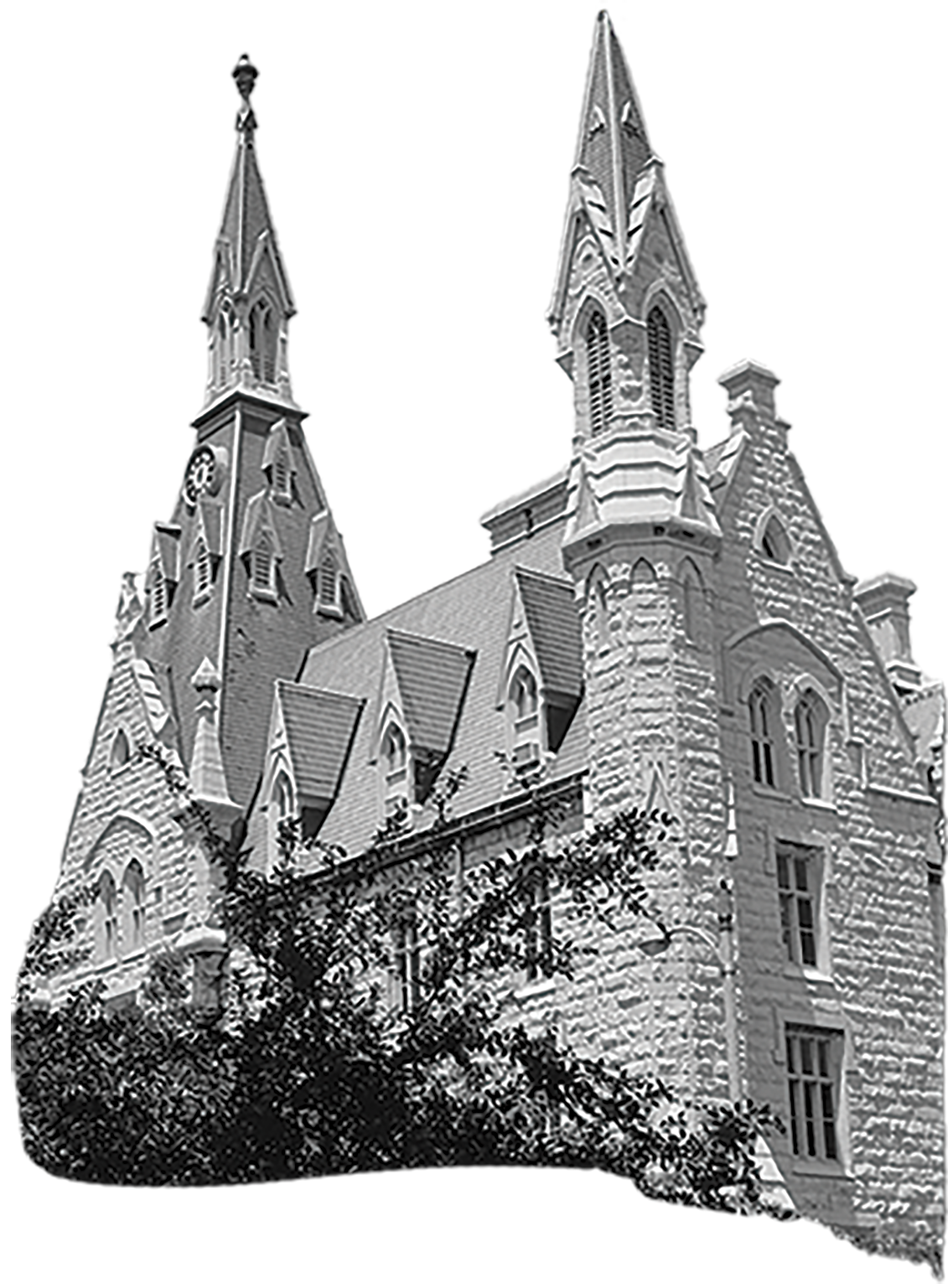
"It’s like a big puzzle ... You’ve got to show willingness to learn."
Ryan Smerek, SESP associate professor and associate director
UO class of 2022 alumna Jael Calloway noticed a similar pattern. While on campus, she says millions of dollars went to renovating and staffing Hayward Field, while the Multicultural Center lacked the necessary funds and staff to be a key resource for UO’s 23,000 students.
“The funds, to me, aren’t reflected where they need to be reflected,” Calloway says.
Other students viewed investments into larger projects as a stepping stone for the university. Former UO student Michael Tobin says many donations went to financial aid and scholarship programs. Four years into Schill’s tenure, the university reported investing into more pipeline programs for first-generation students. In 2018, Oregon also had a 43% increase in the number of Pell Grant-eligible in-state students who paid no tuition or fees, according to a report from the school.
“It does benefit students in the long run to, if [the president] can, build up the ranking and prestige of the university and transform it,” Tobin says.
Yet as Schill’s tenure unfolded, some UO students became unhappy with the university’s finances, specifically rising in-state tuition costs. In 2017, Schill wrote to the UO community stating his decision to recommend a 10.6% increase in in-state tuition to the Board of Trustees.
“I wish it were not necessary for us to increase tuition by these significant amounts,” Schill wrote. “Although the vast majority of our lowest-income students will be spared from this increase by the PathwayOregon scholarship program, for some students a $945 increase will make attending the UO difficult or impossible.”
The increased price of in-state tuition stemmed from a lack of state funding, Schill says. In 2015, when his administration began, UO reported that only 6% of its operating budget came from state funding. Tuition and fees accounted for almost half.
“If you were an in-state student, and you were [Pell Grant] eligible, it was free,” Schill tells NBN. “No one’s looking to raise tuition. But if the state’s not supporting you, your costs are going up, you want to keep doing financial aid — you got to do that.”
Colussi, an in-state UO student who did not qualify for a Federal Pell Grant, says her tuition increased by more than a thousand dollars during her four years on campus, nearly pricing her out of school.
“Students like me who fell into the ‘sweet spot’ of not being eligible for Pell Grants, but have parents who are unable to pay for some, most or all of their college, are essentially left to fend for themselves,” Colussi says.
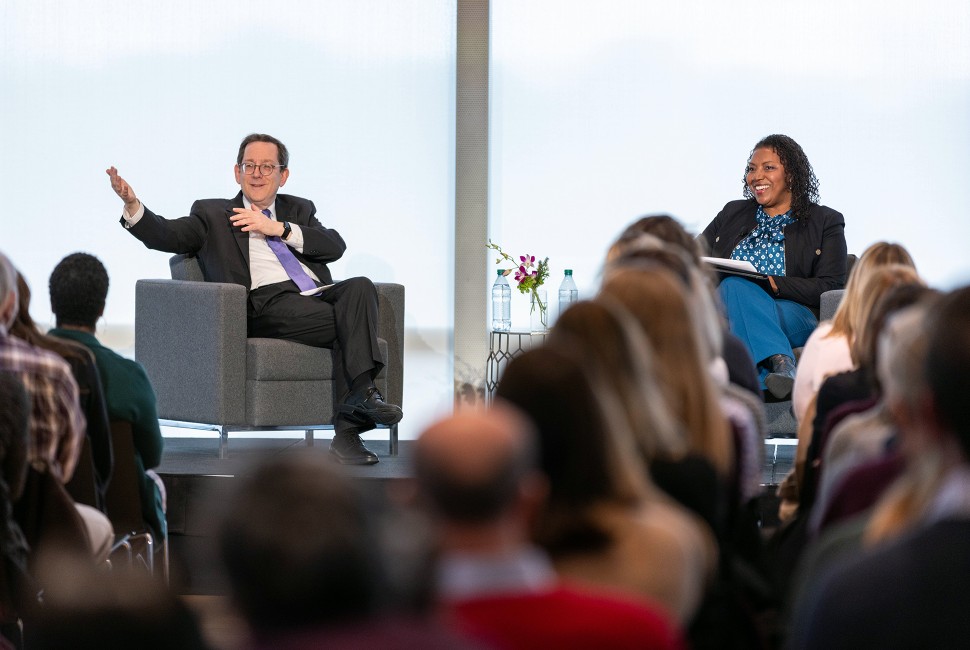
During campus events in Evanston and Chicago at the end of Fall 2022, President Schill and Northwestern’s chief HR officer Lorraine Goffe discussed the role of staff within the University. (Photo by Shane Collins/Northwestern Now)
Even her friends who benefited from PathwayOregon had to work multiple part-time jobs or take out loans to cover housing, school books, food and more, Colussi says. Other UO students who chose to attend community college first for affordability, she says, still did not qualify for the tuition break once they transferred to Oregon.
Rising tuition is not unique to UO. The costs of in-state tuition and fees at public national universities increased 175% in the last 20 years, according to U.S. News and World Report. At Northwestern, tuition has been steadily rising for the past few years, including a 3.5% increase in 2022.
While Schill’s remarks to the UO community expressed concern over rising costs, Colussi and Tobin both recall how students grew frustrated after Schill made comments advising them to ask parents or take out minor loans to cover student debt. Many students, Colussi included, looked to the president’s office for open conversations about changes in campus climate — conversations where students and the president did not always see eye to eye.
“He’s just out of touch. He does not understand at all what it’s like,” Colussi says. “It boils my blood to this day.”
Promoting open discourse
When the Oregon Board of Trustees weighed the decision to increase tuition by 10.6%, Colussi says she and other students came to the meeting with statements stressing the financial burden of the tuition hike. But their objections fell flat. Soon after, activists from the UO Student Collective prepared a list of demands ranging from freezing tuition to cutting carbon emissions. They organized the protest that prompted Schill’s op-ed in The New York Times and increased campus discussions about promoting open discourse.
“The most important value at a university is free speech,” Schill tells NBN. “If we can’t talk about ideas in a way that is not censored, it would be impossible for us to do our jobs and for us to educate you and for us to create knowledge.”
In the Times op-ed, Schill rejected students’ claims that the university perpetuated “white supremacy and fascism” by not stepping in to block hate speech or controversial activists. As president, Schill tells NBN that free speech is a right he will always defend, but he recognizes that exercising that right in hateful ways can negatively affect the campus community. For protestors like Colussi, however, the op-ed represented more than just free speech — it was a testament to the privilege university presidents hold.
“For him to literally go to one of the largest publications probably in the world and whine and complain about how students — who literally just wanted to be heard — shut him down, it made me so upset I had to take a break and take a few deep breaths, and then keep reading,” Colussi says.
When asked about student protests, Schill says he wants to hear what students have to say but cautions that his job as president requires him to make hard decisions.
“There’s a difference between hearing and agreeing. We need to hear,” Schill says. “At the end of the day, I’ve got to make a decision, and I might not agree with you, but my job is to tell you I don’t agree with you and establish that.”
Schill says an example of open engagement with student protesters that created positive changes on UO’s campus was in 2016 when UO’s Black Student Task force organized a list of demands pertinent to Black students. After discussions with the activists, Schill implemented a multicultural course requirement, renamed a university building named for a KKK leader and created the Lyllye Reynolds-Parker Black Cultural Center, a dedicated space for Black students on campus.
But there was one demand that faced more resistance from Schill’s administration, Calloway says. In 2015, Black students called for the renaming of Deady Hall, named for Oregon-native federal judge Matthew Deady who endorsed extreme anti-Black discrimination in the 1800s. Schill originally announced the university would not rename the building, arguing Deady had important political contributions that outweighed the severity of his racist views.
In 2020, UO’s Board of Trustees voted to rename Deady Hall after the student pressure to rename the hall resurged during the Black Lives Matter protests. Calloway says the renewed discourse about racism and racial injustice on campus also pushed a group of anti-racist student activists to tear down UO’s pioneer statue. Schill condemned the destruction of the statue in an email to the student body, but it was never reinstated.
Calloway adds the lack of administrative outreach to student activists felt disrespectful.
“It was just a lot of emails and really no action, or if the action did happen, it was under a lot of pressure, so it didn’t seem very authentic,” Calloway says. “He just fell short with actually understanding where the student body comes from and recognizing our struggles as students, especially either as students of color or students from low-economic households.”
A leader and his “soldiers”
Part of a university president’s role is creating working relationships with faculty, staff and graduate workers on campus. In November, Schill told Northwestern faculty in a webinar that “there isn’t any piece of the University that doesn’t rely on staff.”
“Strategic priorities have to start from the faculty,” Schill tells NBN. “Presidents can’t just come in and say, ‘We’re going to do this.’ That’s not how academics works, because then you’re a leader with no soldiers to do the work … It’s got to be shared governance.”
Shared governance, however, can become more challenging as groups develop different priorities. Schill says that graduate workers — a group that recently unionized at Northwestern as part of a greater national trend — have a dual role as university students and employees that can make shared governance difficult.
“Sometimes what you might do for employees is different and maybe not as appropriate for students, and so that becomes a hard issue,” Schill says.
In 2019, year-long negotiations between UO administrators and the graduate workers union nearly brought thousands of graduate students to strike. The workers’ contract, as originally pitched, would have scaled back health insurance and put that money into higher wages. Graduate students strongly disliked the proposal, as many had families who also relied on university health insurance, says former UO graduate workers union president Rajeev Ravisankar. While the union eventually worked out a deal with the University, the ordeal created a strenuous relationship with Schill’s administration.
“You saw the making of this relationship where the Board of Trustees, President Schill and private donors seem to be coordinating in ways that cut a lot of us out of the process,” Ravisankar says. “That really represents Schill’s tenure.”
Full-time UO faculty members also reported difficulties in engaging with Schill over several key issues. Sinclair served as president of the faculty union, United Academics, during Schill’s tenure and was frequently quoted in UO campus blogs for his criticism of Schill’s priorities.
The relationship between faculty and the administration became especially tense during the early days of the COVID-19 pandemic, Sinclair says. Already in a fraught budget situation before the lockdowns began, Sinclair says Schill met with faculty at the end of the 2020 school year to discuss salary cuts. Without the decrease in pay, Sinclair explains, the alternative option would cancel the health insurance of 211 full-time staff in an effort to recoup $100 million in funding.
“They didn’t actually say lay off, because our contract said they were obligated to give a continuing contract unless there were performance-related reasons,” Sinclair says. It was “essentially” a layoff.
The faculty union pushed back before agreeing to salary cuts that would allow for $20 million in funding to be recouped. The school later received approximately $45 million in federal funding to help offset costs during the pandemic, which stopped the cuts before they were implemented.
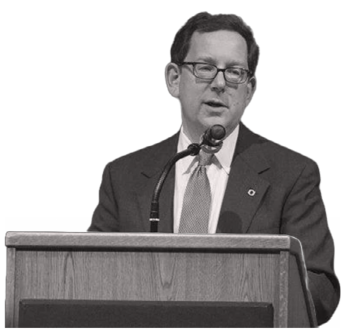
"Presidents can’t just come in and say, ‘We’re going to do this.’ That’s not how academics works, because then you’re a leader with no soldiers to do the work … It’s got to be shared governance."
Northwestern President Michael Schill
While Sinclair and the union believed UO would cancel the cuts altogether, they were instead told to wait for Schill to decide how to spend the money. Sinclair then penned a letter that would be released to the public should the pay reduction stay in place. UO backed down following his threat, so he never sent the letter.
UO is one of hundreds of universities that had to negotiate layoffs, furloughs and contract non-renewals because of budget shortfalls during the pandemic, according to the Chronicle of Higher Education. Schill reflects on this issue, saying the negotiations were difficult but ultimately necessary.
“We didn’t want to cut compensation, yet we were facing a cliff in terms of students, and so we wouldn’t have the money to be able to operate,” Schill says. “It was a hard time at every university in different ways, and I think we weathered it well. Probably over time, those scabs will be healed.”
However, Sinclair says the drawn-out negotiations felt inappropriate at best and unethical at worst.
“Part of [the administration’s] obligation is to look out for the faculty as well as the students, but there’s some obligation to the culture and society on campus,” Sinclair says. “They not just dropped the ball but slammed it down.”
Righting the ship
Schill’s tenure at UO began in 2015 during an ongoing sexual violence case involving three members of the men’s basketball team. Though the university settled the case, Title IX violations persisted at UO throughout Schill’s time as president.
“We were in a bit of difficulty at that time,” Schill says. “We settled that case because I wanted to move forward rather than be going backwards all the time, and there was no good result in all of that because what had happened was awful.”
Smerek says another critical part of the presidency is crisis management. When faced with a challenge, the president takes action to remedy the situation and uphold the institution’s values. After the 2015 controversy, Schill worked with the university to create a new Title IX office. The office aimed to “create and implement processes to improve the university’s handling of cases and further its work to end sexual harassment and sexual violence” while having a direct line to the president’s office, a UO spokesperson says.
“We certainly think we righted the ship, and our Title IX policy actually became a national model, especially with the issue of mandatory reporting,” Schill says.
Despite this, the office fell under extreme scrutiny in 2017, when an investigation revealed that UO’s nationally-ranked men’s basketball team allowed a player facing sexual assault allegations to play for the entire season. The investigation found that UO’s Title IX office was notified of the potential offense in late 2016 but never brought the issue to the Director of Student Conduct and Community Standards.
Kenny Jacoby, a former UO student and sports editor for UO’s student newspaper, investigated the university’s shortcomings for Sports Illustrated. He pressed Schill on whether his office had known of the Title IX violation during the basketball season.
“I don’t have any awareness of that. In any event, I can’t comment on an individual student,” Schill told Jacoby, according to his reporting. “What if I was asked by another reporter about you being obnoxious? Would you want me to tell them that?”
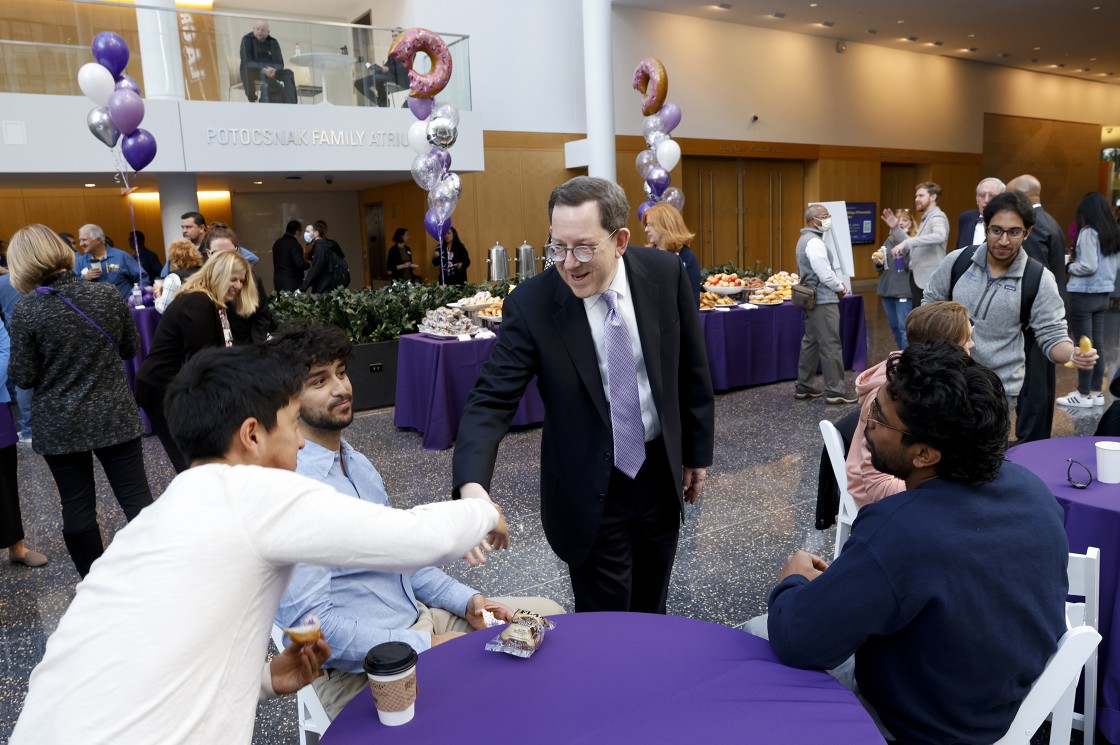
President Michael Schill met with students, faculty and staff at a coffee and doughnuts event in September 2022 at Northwestern’s Chicago campus. (Photo by Jasmin Shah/Northwestern Now)
Jacoby said in an interview that the 2017 case felt reflective of a greater trend he noticed at UO.
“I just didn’t like the way that his whole administration handled sexual assault,” Jacoby says. “It felt like something they wanted to be completely handled internally and to not really be questioned about it, to not really have to answer publicly about it.”
In 2020, Schill confronted a different Title IX issue that UO litigated in federal court. A psychology professor, Jennifer Freyd, was in the process of suing the university for an $18,000 discrepancy in her wage compared to her male colleagues. While the lawsuit was ongoing, Freyd planned to retire from teaching and accept a benefits package.
After notifying the administration of her plans to retire, they told her that to receive the package, she would have to drop the lawsuit. In a series of emails with Schill, Freyd picked apart his arguments against her.
“UO defends itself in federal court for paying me less than the men by claiming that I am not ‘the same’ — that I have a ‘different’ job,” Freyd wrote in an email to Schill. “I am curious how one would justify a stated desire to treat me ‘the same’ on this occasion, but not in regard to my salary … I specifically ask you as our university’s leader and a member of our faculty to let me know: If I do not drop my lawsuit will the university — your university — deny me my right to receive the 2021 retirement benefit?”
Schill did not respond to Freyd’s inquiries, saying it was not “appropriate” for him to discuss Freyd’s emails based on legal advice he had received.
Freyd went public by posting the emails on her blog and received national attention for the lawsuit. The university later settled and awarded Freyd $450,000.
Establishing accountability
“Always operate with the understanding that you might be wrong.”
Schill says that’s one of the biggest lessons he’s learned as a university president, understanding that in holding such a large office, his constituents will hold him accountable. When he hires administrators or speaks with students, he wants the community to feel empowered to disagree.
When it comes to handling campus issues that land on the president’s desk, Smerek says university administrations establish deans and department heads to navigate curriculum and classroom-based policies. But larger campus-wide debates, questions that reflect the campus climate, are often taken up by the president.
Schill adds that a big part of his job is shared governance: having productive conversations with students and continually growing his working relationship with faculty.
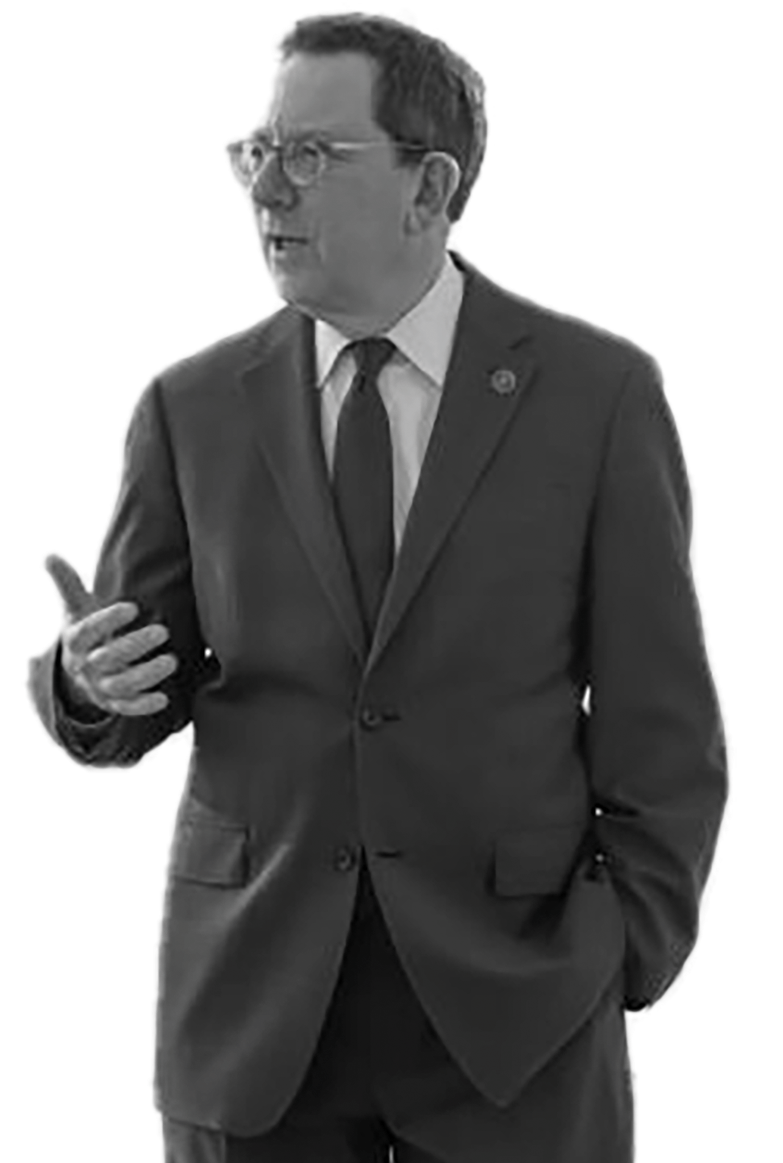
"I don’t want you to let me run out into traffic. Pull me back, because I’m not always right."
Northwestern President Michael Schill
“I hope I’m transparent. I hope people view me as such,” Schill says. “I also hope they understand that I might disagree with them, and I’m going to tell them I disagree.”
Schill emphasized the importance of open dialogue throughout his time at UO. While some students disagreed with Schill on how and when open dialogue should occur, the ones who spoke out were the impetus for concrete changes.
“I would actually encourage [Northwestern students] to try and make the time to meet with him,” Tobin says. “I don’t think he’s the guy who just sits around all day and thinks about ways to increase tuition. I don’t think it works that way. He is a guy who listens to students, and I think he cares about their concerns.”
But other students like Ravisankar are less optimistic about how open to dialogue and engagement Schill will be at Northwestern.
“One could get the impression listening to him that he is about inclusion and about consultative decision making, because he will make very limited spaces open for that, especially for students, but that’s really just a farce,” Ravisankar says. “He’s not alone in doing this. I think there are other powerful administrators and presidents that do this. But these are the main things that I take from his time here.”
In his few months at Northwestern, Schill has already begun engaging with different constituencies on campus. He’s hosted dialogues with students, met with ASG leaders and taken tours of each of Northwestern’s individual schools, a process he calls a “listening tour.”
Schill will be formally inaugurated as president on June 2, 2023. By July of this year, Schill says he expects to draw on what he’s learned to present the University with a new strategic direction. Even after his formal “listening tour” is over, he hopes University constituents will keep him on the right track.
“I don’t want you to let me run out into traffic. Pull me back, because I’m not always right,” Schill says.
Colussi says students are in the best position to create change. While presidents view the University on a macro level, students are on the ground every day.
“Hopefully, he has learned from his time at UO and will take his experiences with us, grow as University president, listen to his constituents more and try to actually take their input,” she says. “If not, just protest. Shut him down.”
*Photos used are property of the Daily Emerald and are used with consent given to North by Northwestern.